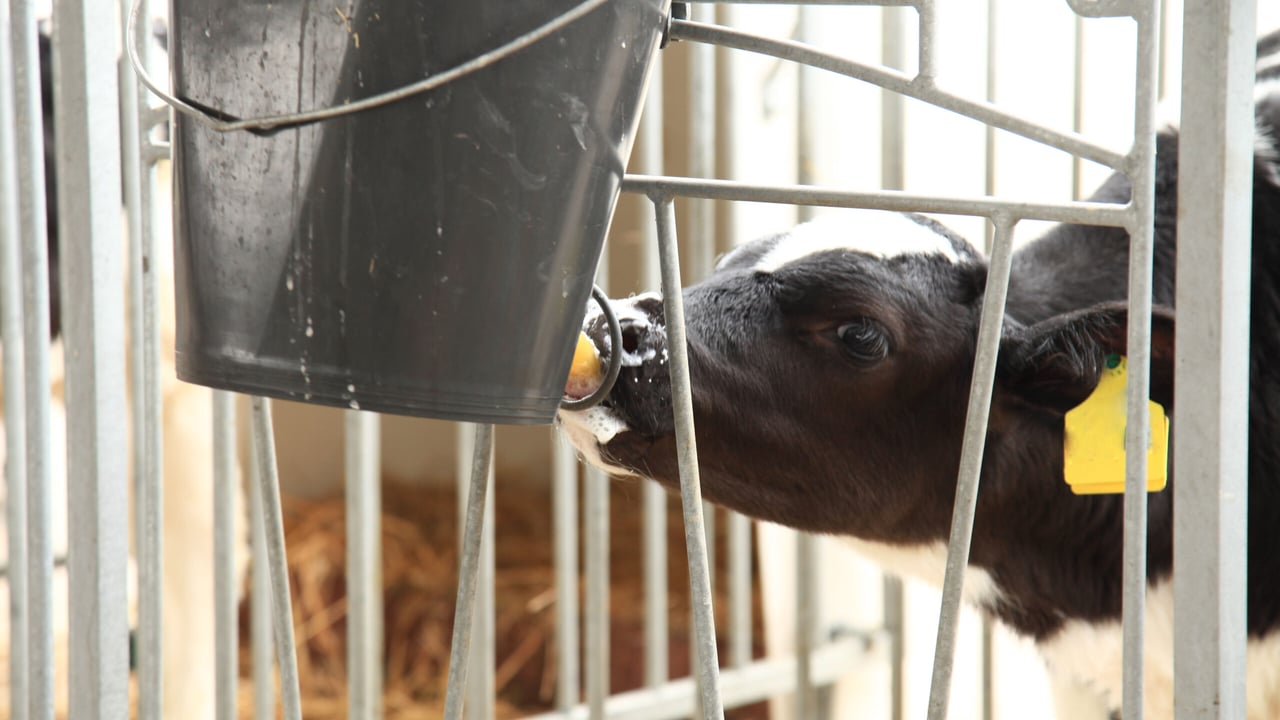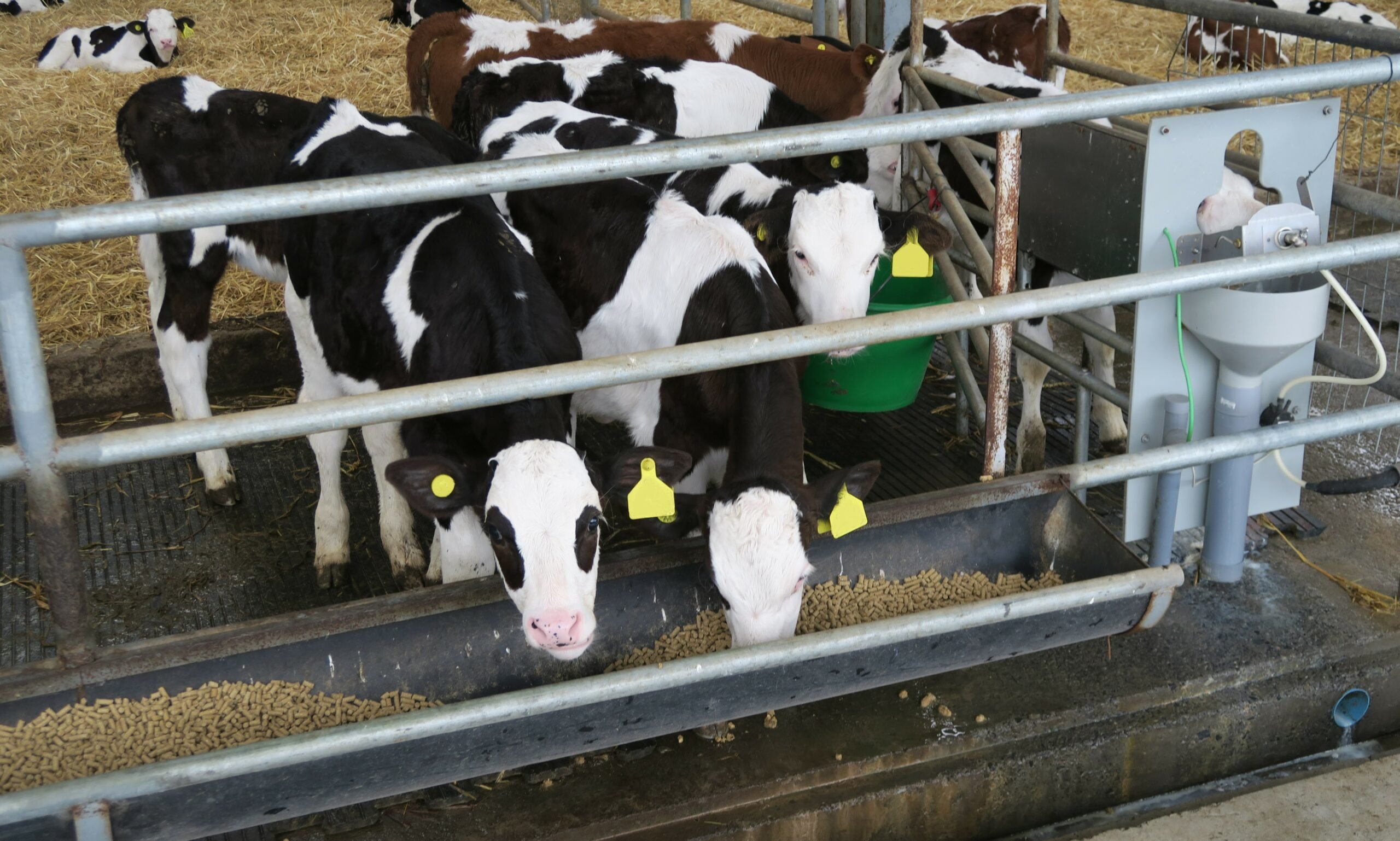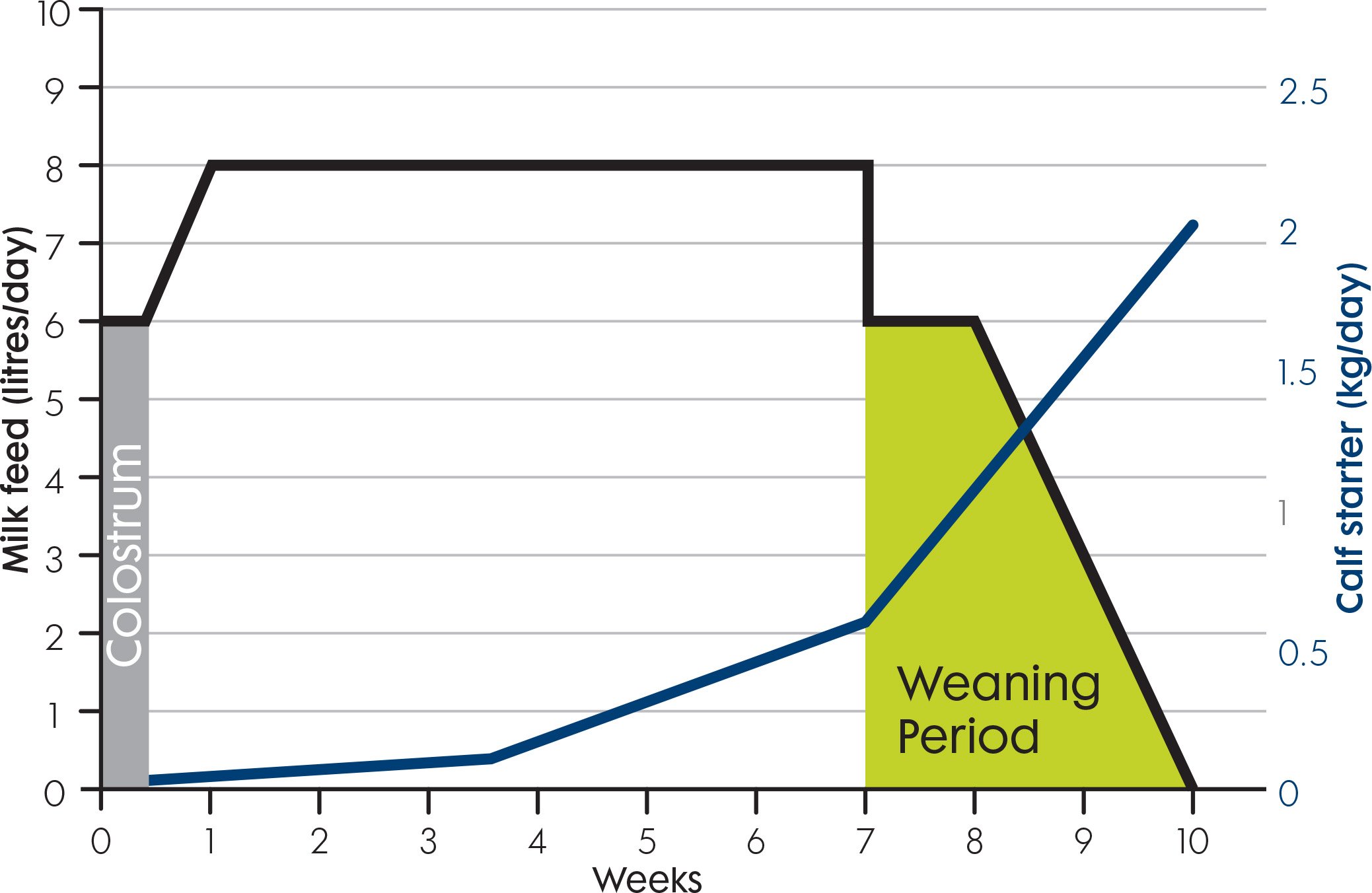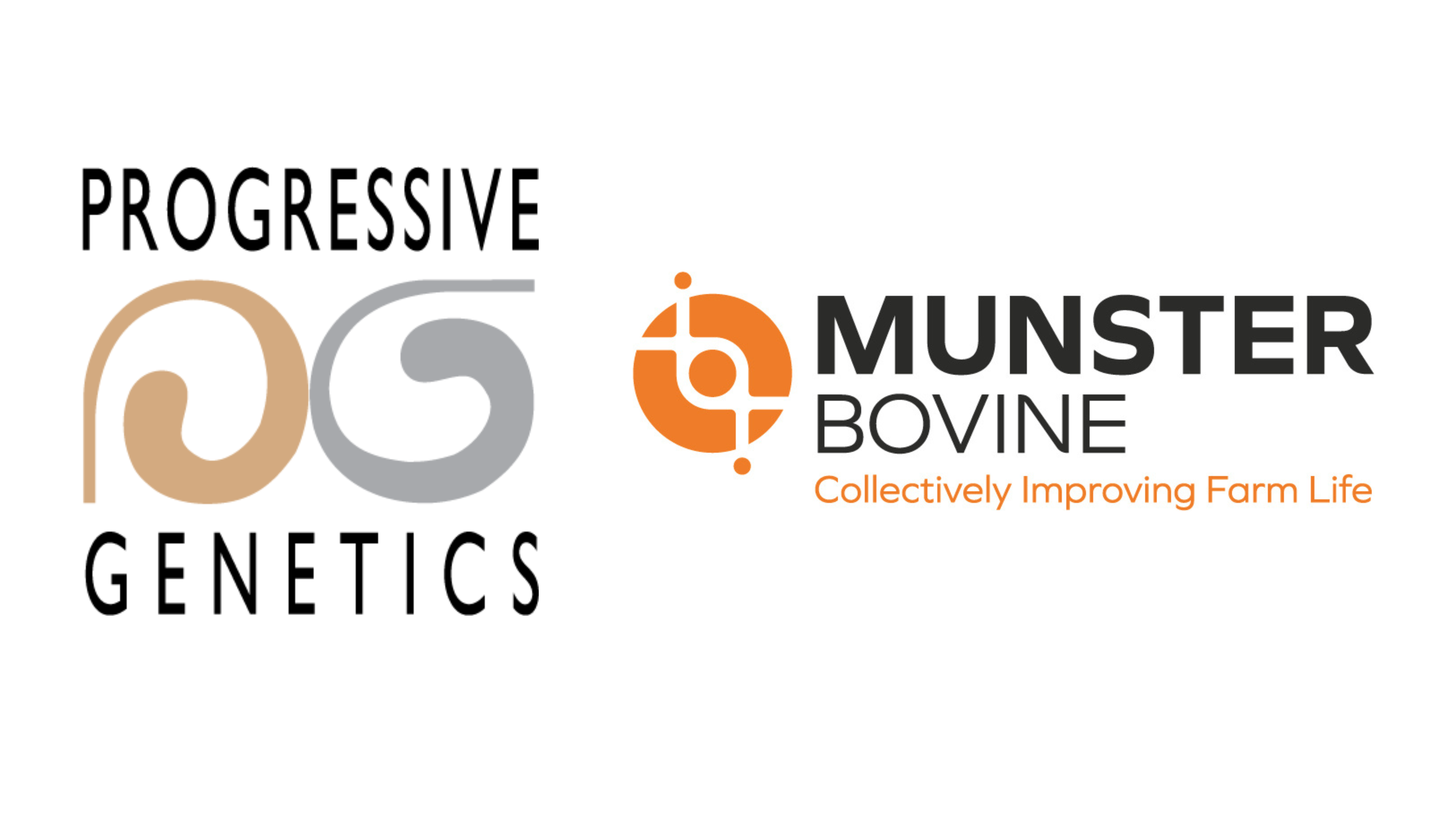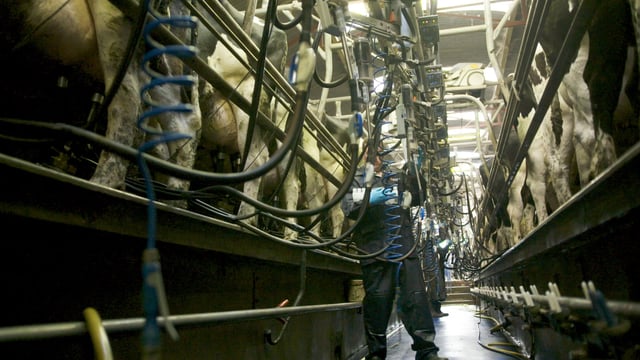Sponsored Article

Sponsored Article
Feeding more milk; the key to unlocking calf potential
Sponsored Article

Traditionally, when we thought of feeding milk to calves, we thought of feeding 2-2.5 L of milk, twice a day.
Because of the challenge of calf diarrhoea and solid feed intake before weaning, milk intake has often been the scapegoat.
The rationale seemed sound; if we decrease the quantity of milk being fed, there will be less scour issues and the calves will eat more starter concentrate. However, was restricting the milk allowance the right way to achieve this? And what were the implications to the young calf?
An increasing amount of research suggests that there are benefits to increasing nutritional intake through milk allowance in the first weeks of life.
The most obvious advantage of feeding more milk during the first six weeks is to improve growth rates during this time.
A large part of the development of key organs, tissues and muscles takes place in the first eight weeks, so providing the nutrients to enable unrestricted development of these will have long-term benefits for heifer reproduction maturity, udder development, milk production and resilience in lactation.
A meta-analysis of seven studies shows that each additional 100g of growth in the pre-weaned period leads to an increase of 225kg of milk in the first lactation.
Not only is growth and development improved, but there is also a benefit to calf health and disease resilience.
When fed a higher nutritional plane, calves have been shown to have better recovery from Cryptosporidium during the first 21 days through improved hydration and faster recovery of diarrhoea.
Calf immune responses to E.coli and Salmonella challenges after weaning were also improved when fed more milk during the first six weeks.
There are two key areas of concern when trying to feed calves more milk.
- Early life intakes; and
- Weaning strategy.
It is common to feed 4L of colostrum in the first feed, and then in the following day reduce the meal size to 2L before building it up again.
By continuing to feed 3-4 L/feed of cows’ transition milk from day two onwards, allowances of 8L/day (correcting to 20% of bodyweight for smaller calves) can be practically fed before the end of the first week of life.
Research shows the abomasum is more than capable of dealing with a 4L feed during this time. One study has observed three-week-old calves consuming up to 6.8L of milk in one feed without milk entering the rumen.
Increasing milk allowance in the first week will also increase energy provision to manage maintenance, thermoregulation (maintaining body temperature) and immune function. This leads to improved calf resilience during the period in which it is most susceptible to disease.
There is sometimes concern about how much solid feed calves will consume when on high milk intake diets.
While this is easily managed over a longer weaning period, it begs the question – if calves prefer milk feeds over solid feed, how much stress is caused when they are forced to make that change in the first few weeks of life? Consider that calves can voluntarily drink 10-14L/day when given the opportunity.
Undoubtedly, solid feed intake during and after weaning is very important to maintain nutrient intake for long-term development; growth checks at this point will decrease the benefit of maximising growth earlier.
Calves should have consumed adequate quantity of starter, eating a minimum of 2kg/day at weaning.
To achieve this, a period of 3-4 weeks of gradual or stepped milk reduction should be provided before milk is completely withdrawn, as seen in Figure 1 (below). This allows them time to build up intakes to maintain energy intake and minimise stress.
When calves are fed higher volumes of milk in the first month, growth rates, and subsequently, liveweight is greater when the weaning period begins (6-7 weeks).
As a result, appetite and solid feed intakes may be greater as the milk allowance is gradually reduced, as shown in research and on farms.
There are many other factors that should be considered when feeding milk; feed consistency, optimal digestion using whole milk or a high-quality milk replacer and a slower feeding method (teats).
Similarly, hygiene of milk feeding equipment will manage the pathogenic infection pressure in the feed that may reduce digestion, feed conversion and increase risk of illness.
References for the information provided in this article are available on request.
For more information on the benefits and practicalities of feeding more milk to calves, contact Trouw Nutrition online by clicking here, or by calling; +4402890748233.
Sponsored Article


